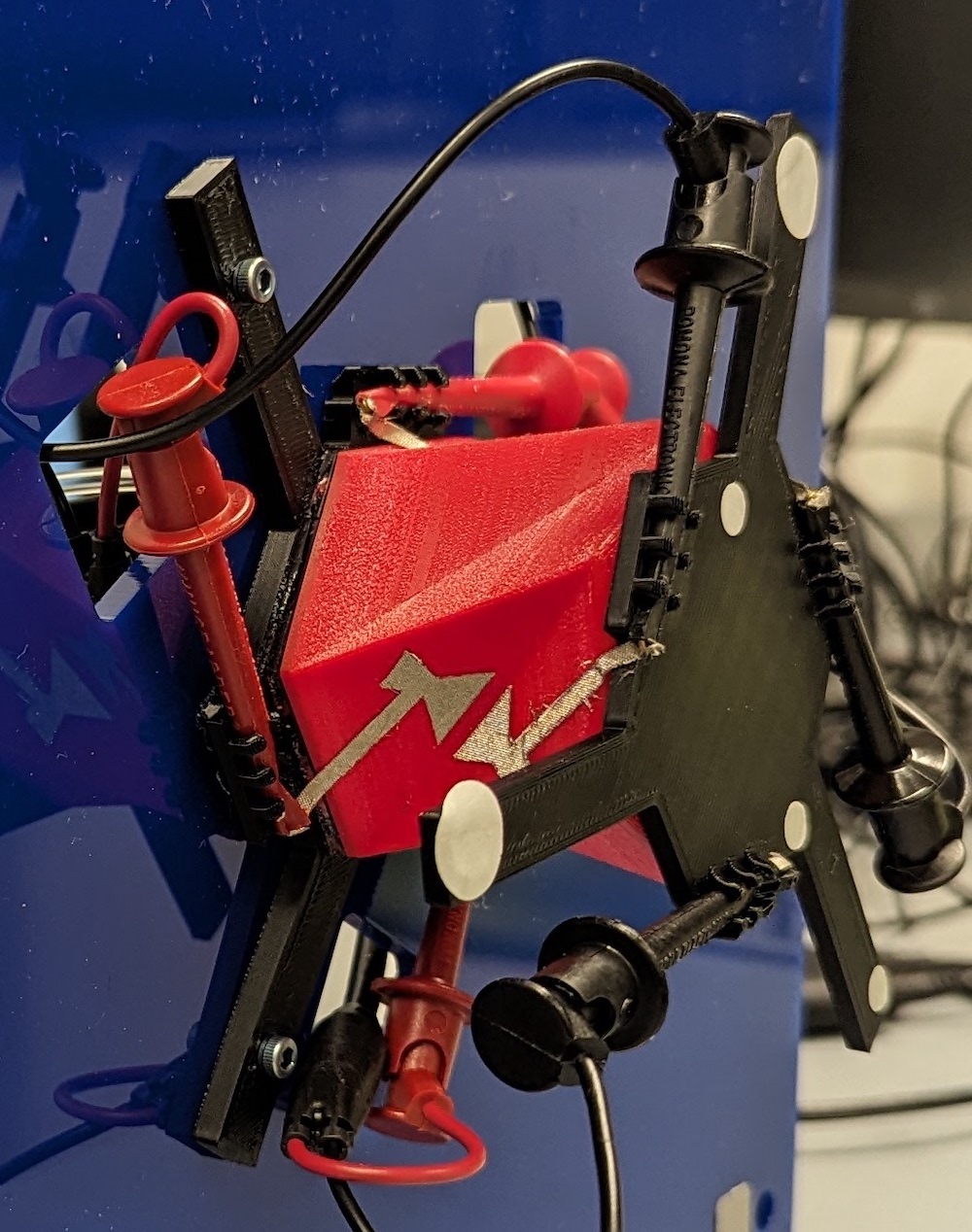Kresling Control
Kristen L. Dorsey1*,Nathaniel Hanson1, Immanuel Ampomah Mensah1, Donelle Furline, Jr.1, Sonia F. Roberts2, Celina "Ash" Wu1, Jessica Healey1
PARSES Lab1, Electrical and Computer Engineering Department2 Northeastern University, Boston, MA, USA As soft roboticists further investigate approaches to position or force feedback control, accurate and embodied proprioception (i.e., self-sensing) will become more important to the control of soft robots in unstructured environments. In this work, we demonstrate proprioceptive feedback control of a one degree of freedom soft, pneumatically-actuated origami robot and an assembly of two robots into a two degree of freedom system. The base unit of the robot is a 41 mm long, 3-D printed Kresling-inspired structure with six sets of sidewall folds and one degree of freedom. Pneumatic actuation, provided by negative fluidic pressure, causes the robot to contract.Capacitive sensors patterned onto the robot provide position estimation and serve as input to a feedback controller. Using a finite element approach, the electrode shapes were optimized for sensitivity at larger (more obtuse) fold angles to improve control across the actuation range. We demonstrate stable position control on a single Kresling unit through a series of contraction set points from 2 mm to 16 mm, with error under 3 mm up to 10 mm contraction, and independent control of the contraction and rotation angle of the two degree of freedom robot. Overall, this work contributes optimized capacitive electrode design and the demonstration of closed-loop feedback position control without visual tracking as an input. This approach to capacitance sensing and modeling constitutes a major step towards proprioceptive state estimation and feedback control in soft origami robotics. 
Abstract